Halo: MCC – August Update
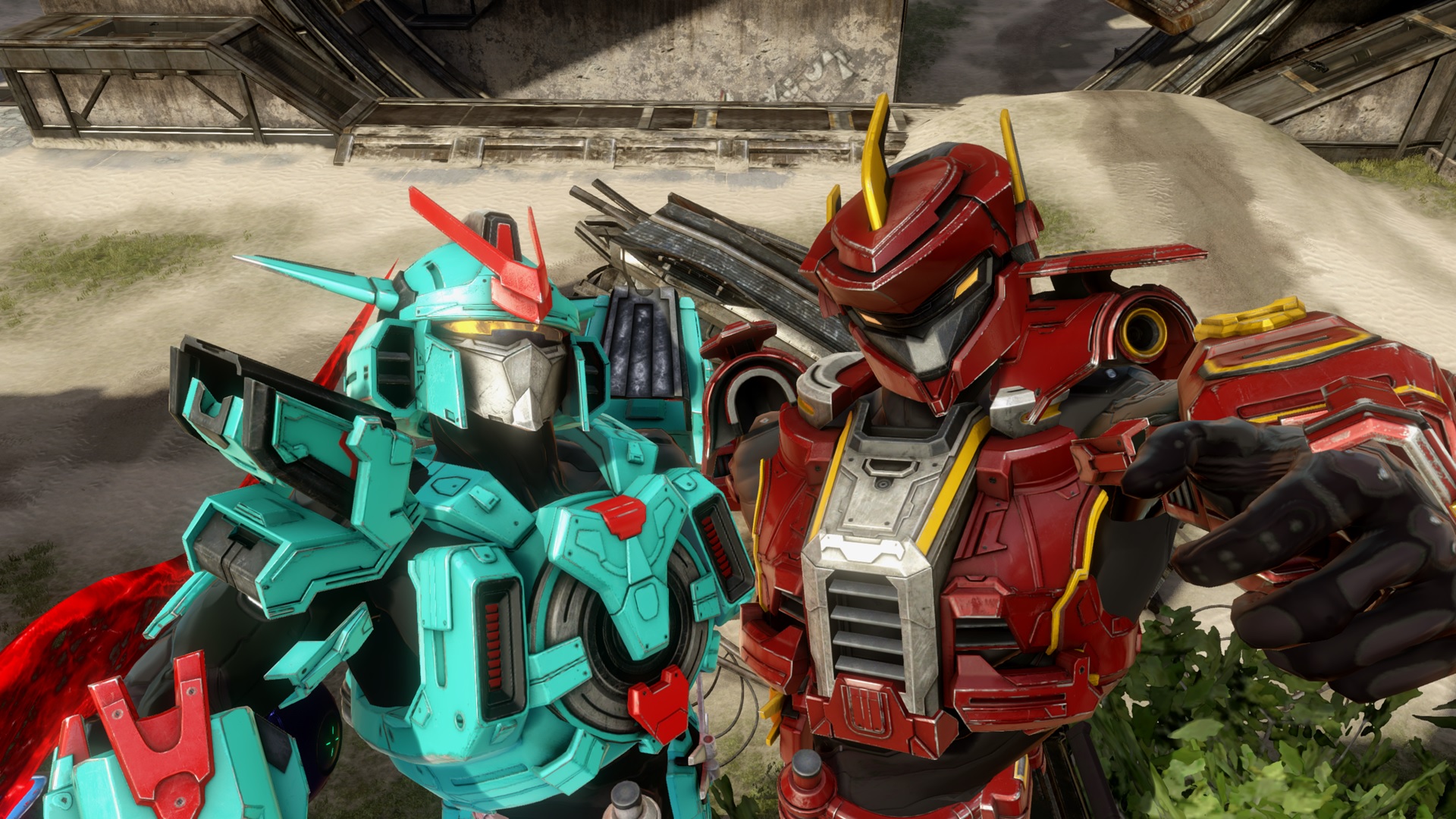
Welcome back to an update on all things MCC, we’ve got a lot to talk about!
When last we met, we provided an update on some of the new features, functionality, and content in the pipeline for Halo: The Master Chief Collection, which included further mod support, campaign collectibles, new armor customization, quality-of-life improvements, and more.
Our next MCC content update is coming soon (very soon!), so let’s dive into the details of what’s coming your way...
OVERVIEW
A good content update is prepared much like avocado on toast for breakfast. You cut the avocado in half and remove the stone, scoop out the flesh, squeeze in some lemon juice and mash what you’ve got with a fork until you’ve got the texture you want. Add some desired seasoning, toast your sourdough bread, throw on a splash of oil, apply the avocado spread, and voila!
That’s game development, folks.
By the way, is now a good time to tell you that we recently released Halo: The Official Cookbook? While we're making you hungry for this MCC update, let's get that belly rumbling like a 100,000-year-old Gravemind too...
We’re cutting the avocado in half, taking a look inside in much the same way that you’ll be doing with the mod tools we’re giving you for Halo: Reach in this update. (And yes, we’ve got Halo 2 Anniversary and Halo 4 mod tools coming further down the line.)
Think of the stone like the seasonal naming conventions we’ve hitherto had in MCC. We’re getting rid of it, as we are (like we’ve previously said) no longer releasing “seasons.”
Then we’re scooping out the flesh, which means that when the time of the week comes for the game to update—refreshing the playlist hopper data—you won’t have to relaunch the title, you’ll always be up to date with the latest event playlist.
Lemon juice. That's a yellowy color, right? What’s another kind of yellowy color? You guessed it, gold! The Golden Moa collectibles that you’ve been searching for in Halo 3 as part of your regular campaign challenges are also coming to Halo 3: ODST and Halo: Reach.
Next, you want to mash up that avocado into the desired texture, much like you want to customize your Spartan or Elite so their appearance fits your preferences. On that front, we’ve got five new armor sets coming to Halo 2: Anniversary for you to play with!
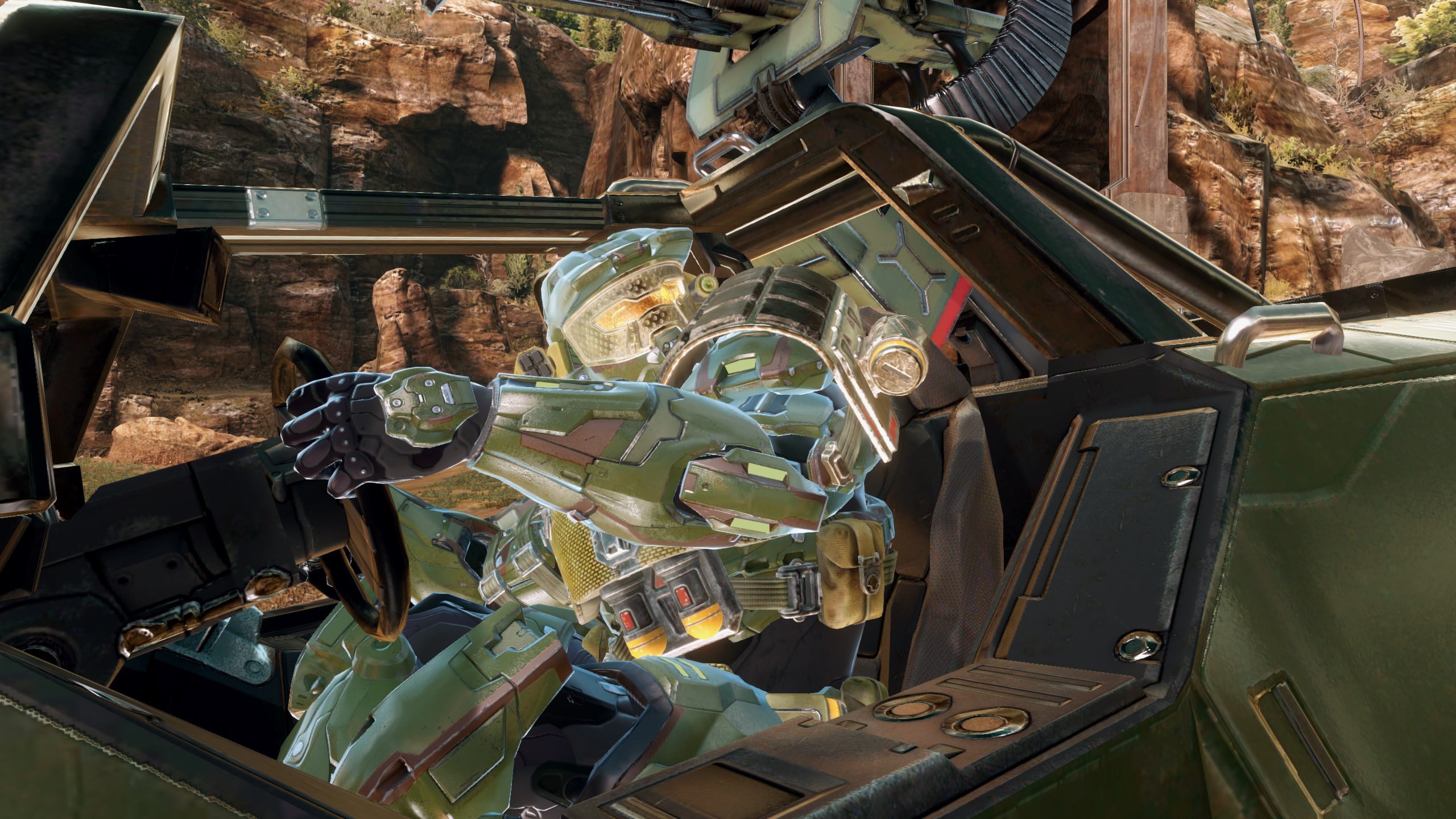
And then comes the seasoning. Well, not seasoning, we just said we’re getting rid of that, but we are giving you the ability to change the main menu background video and set it to any one of your favorites from the past.
Don’t forget to toast your sourdough bread just like you toasted the enemy team in that last match! In the post-game carnage report, you’ll be seeing an updated screen which features the addition of poses, which are themselves also new customization items for you to acquire. All games (with the exception of ODST, which obviously doesn’t have PvP) will have poses implemented for both Spartans and Elites.
Throw on a splash of oil, giving that extra bit of flavor—much like how in-game dialogue (such as key mission dialogue outside of cutscenes and Sangheili dialogue in Spartan Ops) will now be largely subtitled.
Finally, spread that avocado onto your toast. Speaking of which, the Bandana and Acrophobia Skulls are spreading across titles, coming to Halo: Reach in this update so you can take to the skies and rain down an infinite amount of fire from your weapon of choice.
And there you have it. Avocado on toast, game development—how different are they, really?
(Note: do not let this writer’s ability to run with a silly little simile fool you into thinking that these processes are at all similar!)
MODDING
With this new content update, there are not only fixes and improvements to the existing mod tools for Halo: CE, Halo 2, Halo 3, and ODST, but mod tools for Halo: Reach are coming as well!
To be clear out of the gate here, mod tools for Reach are still in the process of being locked down. Our intent is to release this alongside the August update when it goes live next week, but there is a possibility that these will come just a little bit later to ensure it is up to the highest possible standard for public release.
While Halo 3's content workflow was mostly an iteration on Halo 2's, Reach's workflow has some notable differences.
FOUNDATION
This is a C#/WPF-based tool which replaces the functionality found in the C++/MFC-based "Guerilla" tool found in the previous games. It is a much richer development environment than what Guerilla has provided users thus far, making it much more than just a tag editor.

MEGALOEDIT
Reach was the first game to introduce a multiplayer game engine which could be driven by scripts, called "Megalo" scripts.
Included with the tools is not only this basic editor (with syntax highlighting and a few other bells ‘n’ whistles), but many of the in-production and old prototype Megalo scripts for game variants you're familiar with. This includes things like CTF, Chess, Invasion, etc.
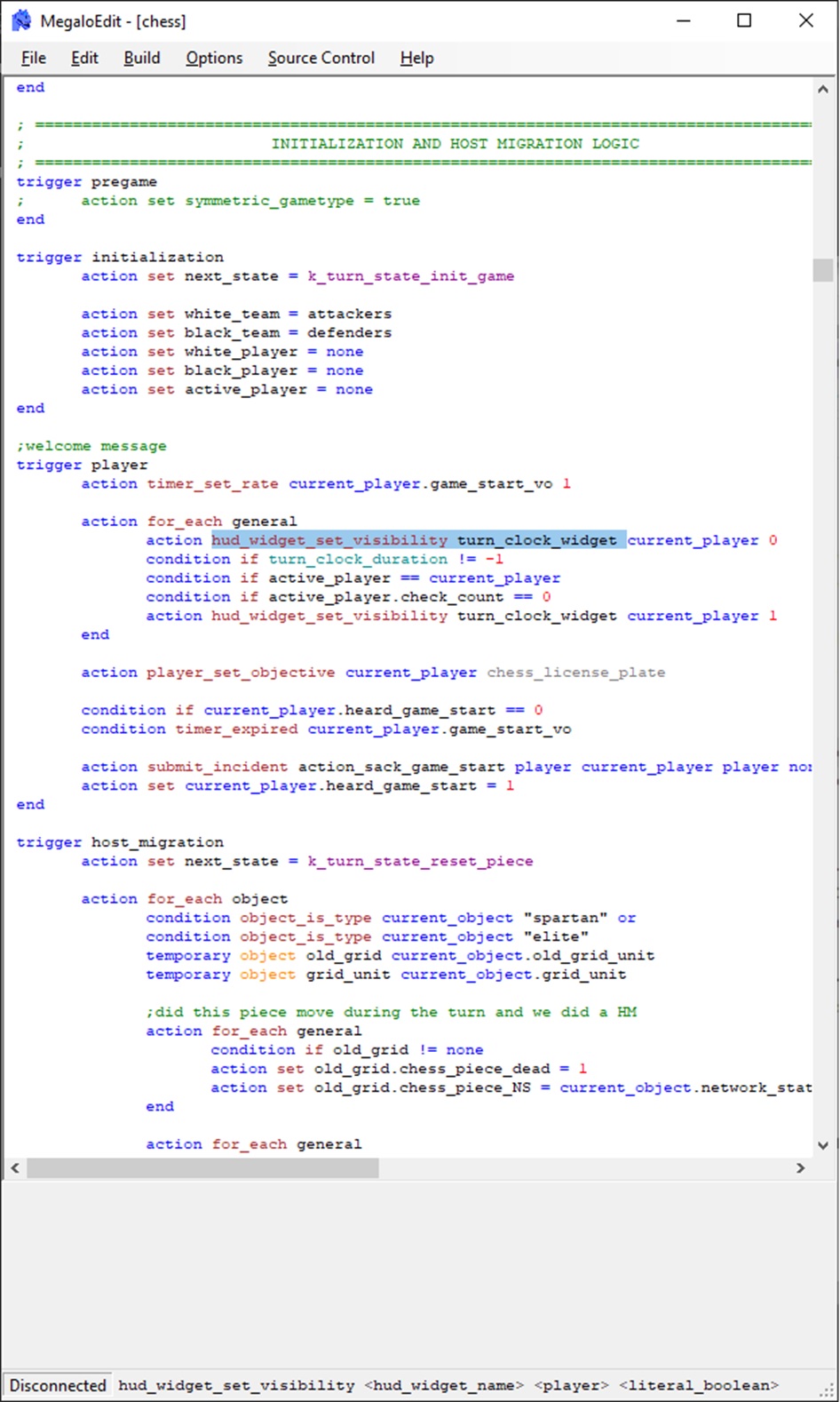
MegaloEdit compiles scripts into an intermediary .mglo file format. To play them normally, you’ll need to use the megalo-convert-variant-files tool command to convert them into .bin files. However, rapid iteration is a big focus of megalo variant development, and to that end we’ve added a “hot reload” feature to the MCC pause menu. This feature is currently present for Halo: Reach in custom games on PC and will be enabled for H4 and H2A once their mod tools are released.
This feature allows the party leader to directly load a .mglo file and instantly restart the match on it. This allows you to tweak your variant on the fly while playtesting and immediately test out your changes.
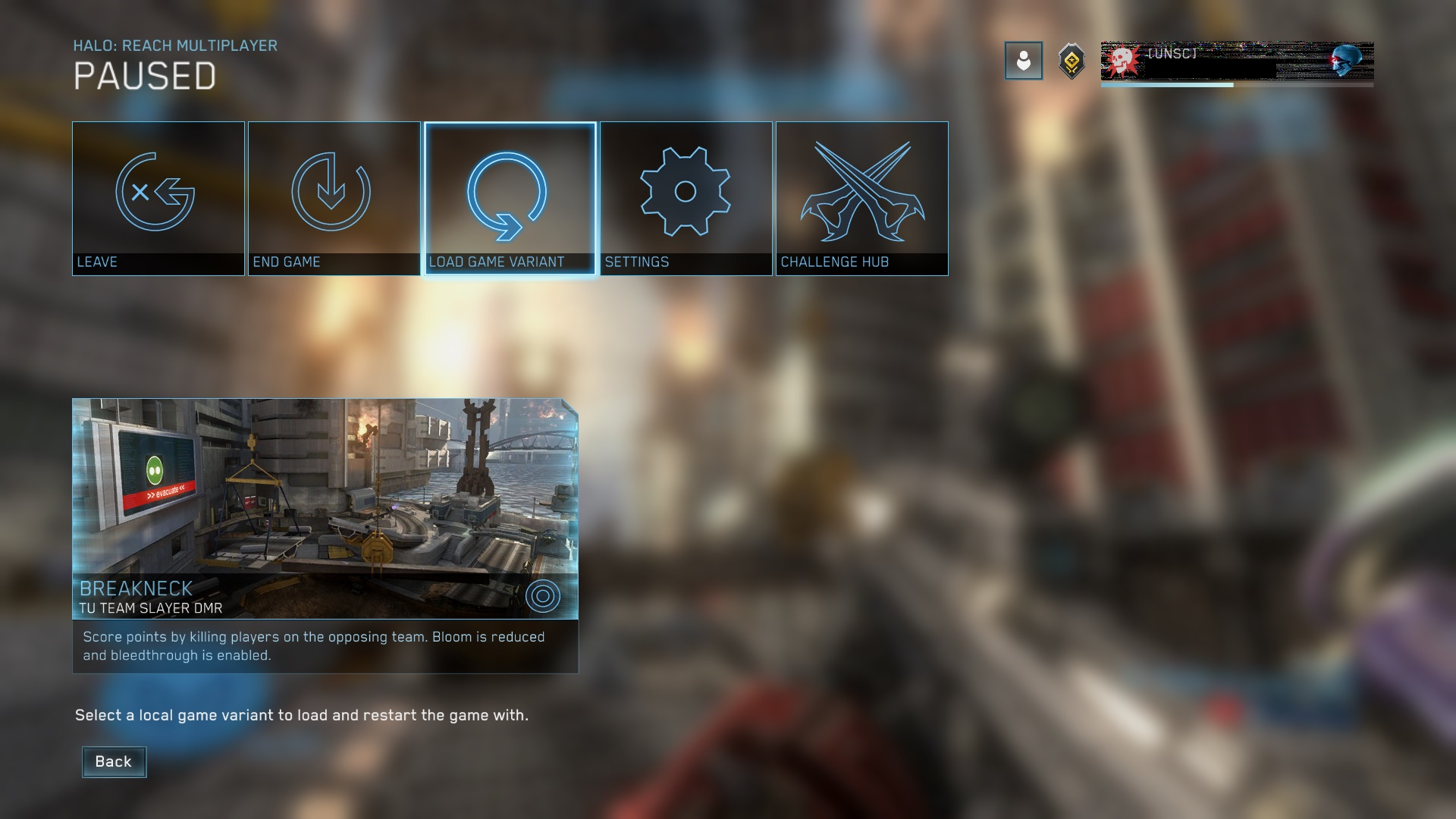
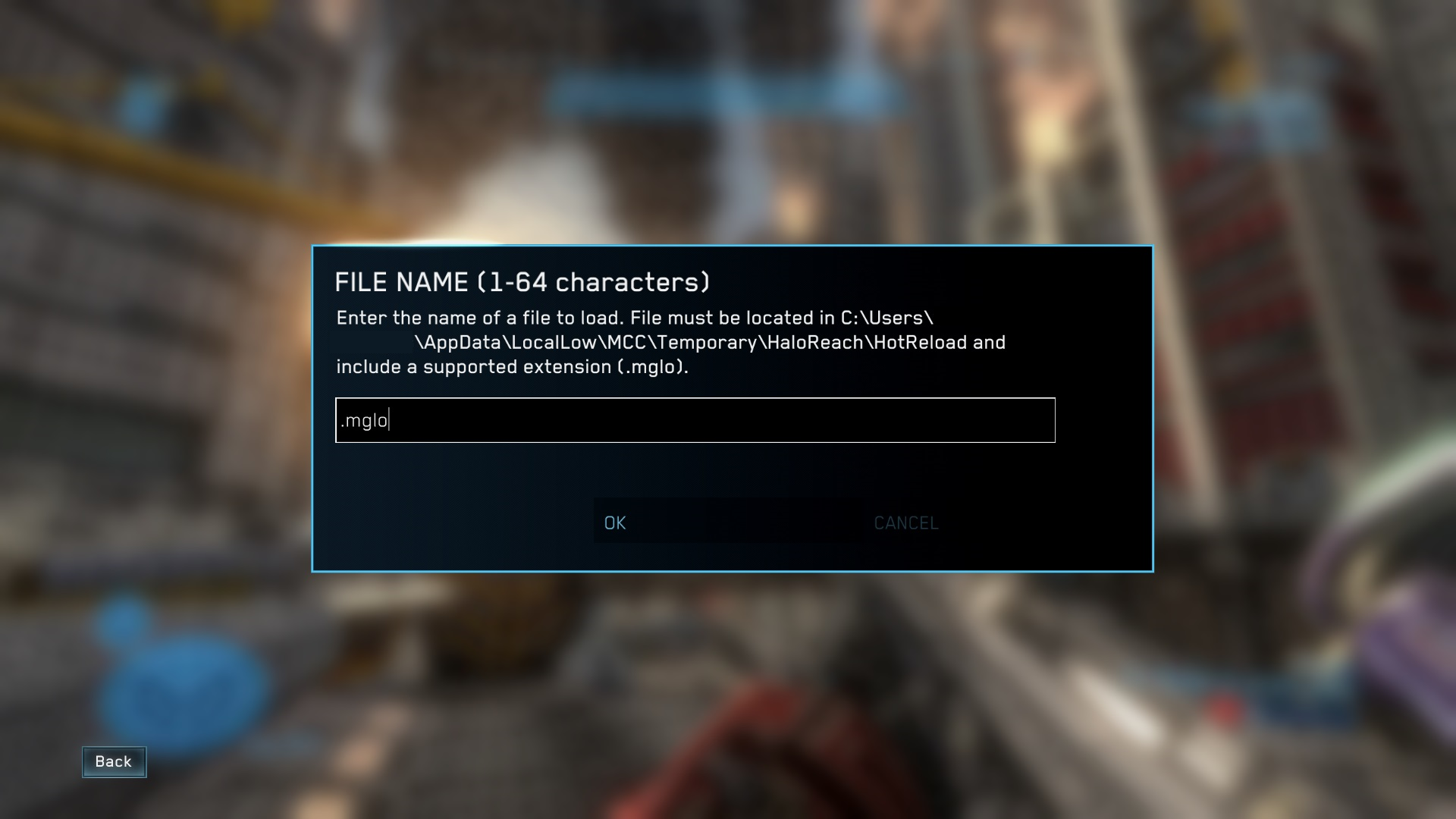
ARMORY AMORE
The multiplayer component of Halo 2: Anniversary is getting some love in this content update with the addition of not one, nor two, nor even three, but five new Spartan armor sets and a slew of weapon skins.
Let’s take a closer look at ‘em!
BREACH
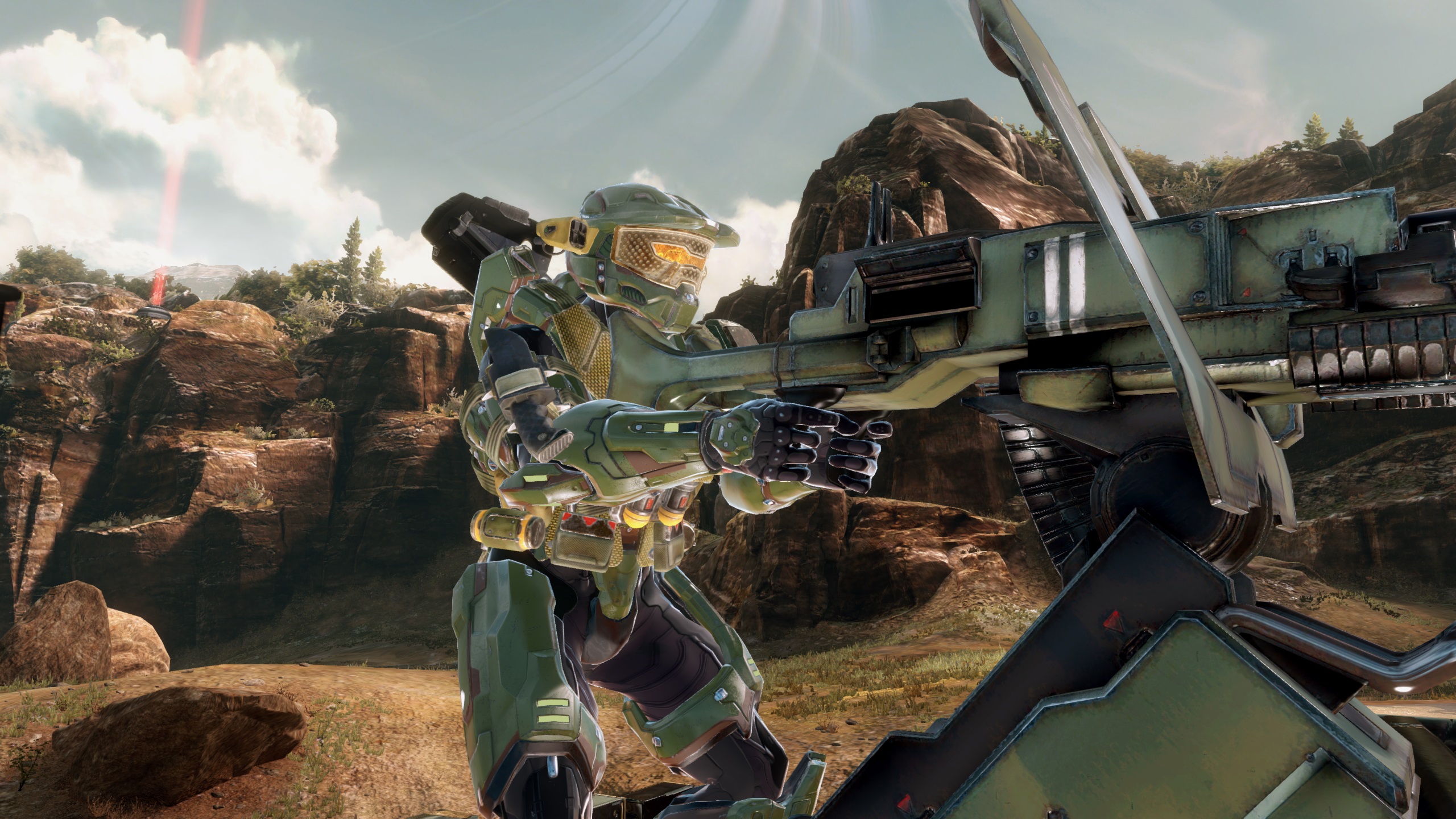
TROOPER
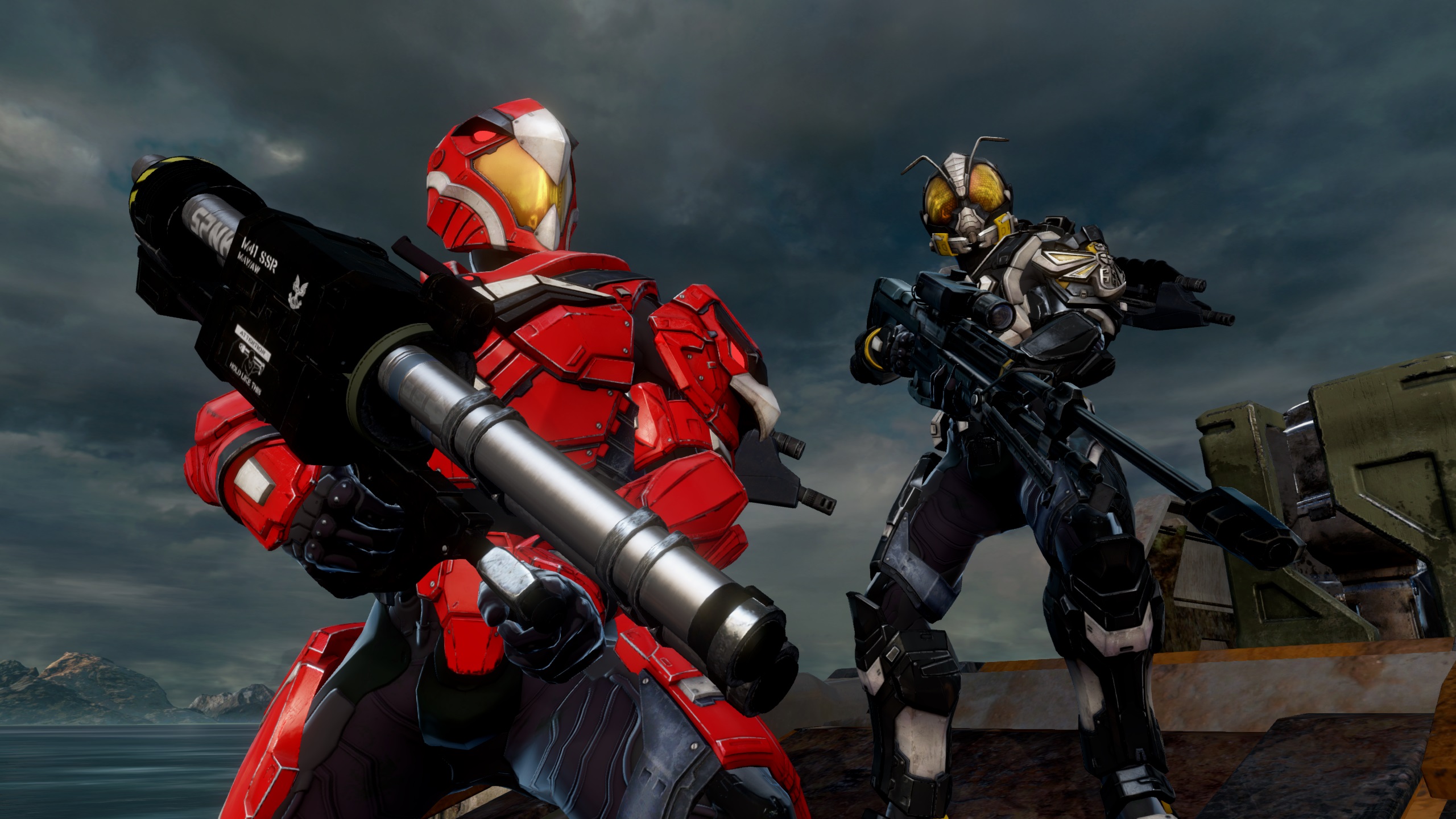
MEGAFRAME
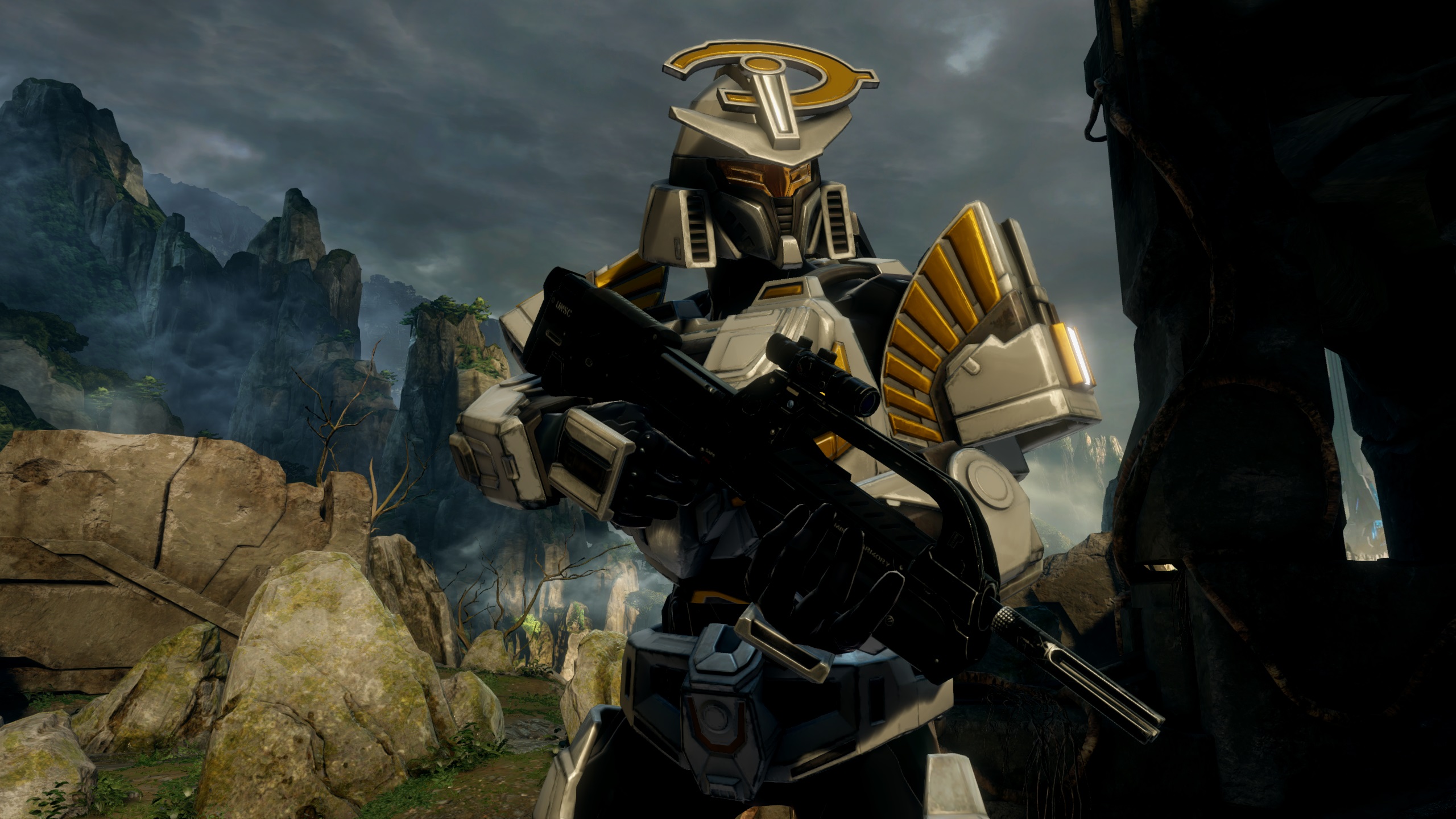
PANZERDOLL
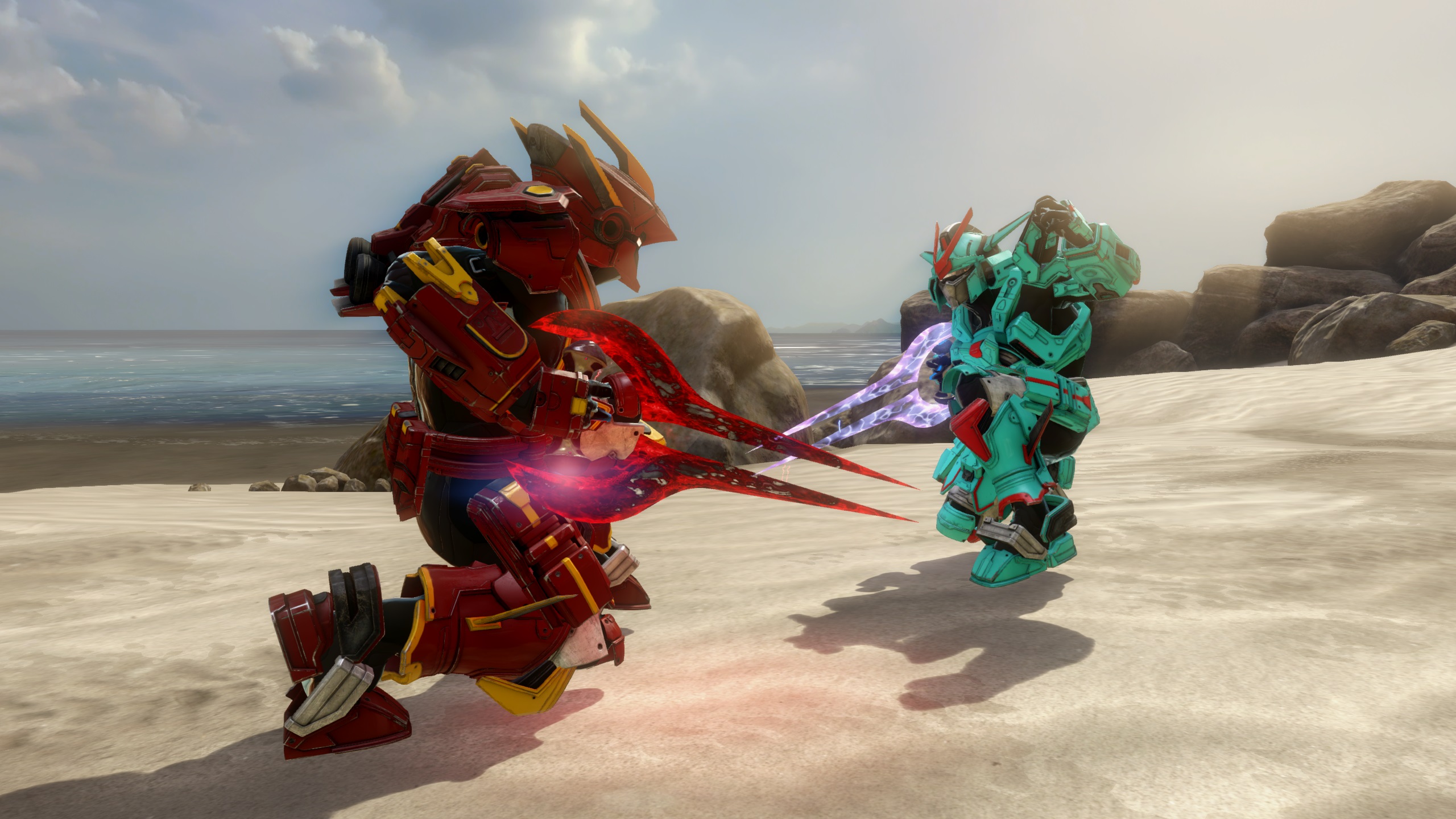
BIOROID
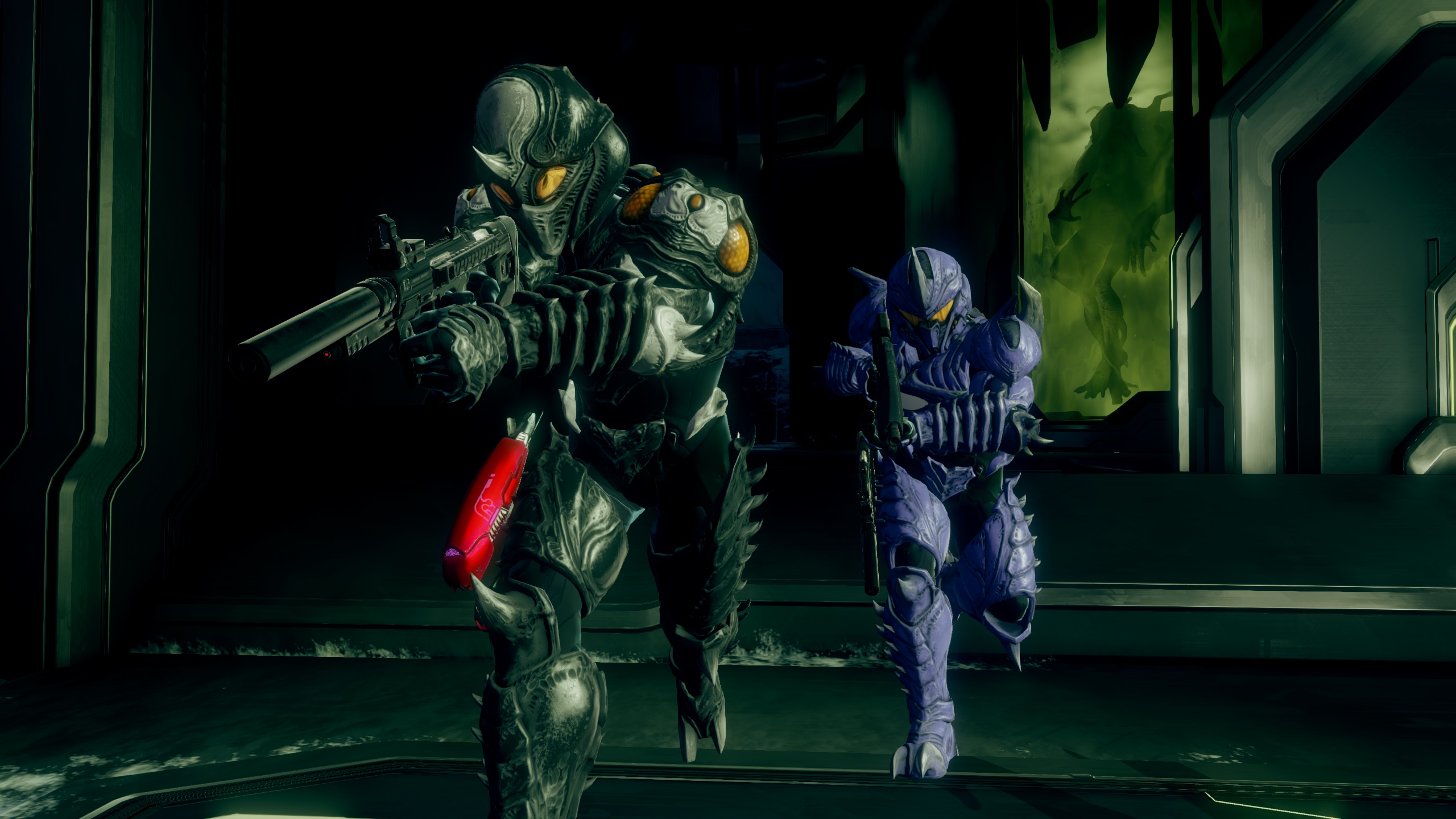
You’ll further be able to customize your weapons (assault rifle, battle rifle, sniper, shotgun, and rocket launcher) with the Tie Die, Sandstorm, Blueing, and Black Tiger skins.
HALO: CUSTOM EDITION MAPS
Something that we wanted to inform players in advance is that we are looking to make changes and improvements to modding in Halo: Combat Evolved, which means that MCC’s support for playing Custom Edition map files will be removed in the future, as these changes are not compatible with Custom Edition’s map data format.
As a result, players will need to use the MCC’s Halo: CE mod tools to fix up and rebuild any old Custom Edition levels for use in MCC, as attempting to play old Custom Edition maps once this change takes place may either crash the game or simply cause it to fail to load.
Is this happening with the August update? No. This is intended to be an FYI to let players know that this will be happening in a future update, which—at the earliest—is likely to be the next major MCC update.
THE FUTURE OF SPARTAN POINTS
Back in our June Community Update, we talked a bit about the artist formerly known as “Season Points,” now known as “Spartan Points.”
Due to the vast amount of customization content released in MCC over the years (armor, attachments, nameplates, skins, armor effects, voices, and more), we shared that we are exploring the addition of purchasable Spartan Points for players who found that particular mountain an intimidating one to climb, or who just wanted to button up the last of their items they need to get.
As expected, a lively conversation ensued across the community as well as within the MCC team. In addition to some frustrations at the prospects of purchasing SP, much of the feedback focused on general frustrations with the current SP earn rates in MCC (particularly once players have hit level 100).
No decision has been made around the potential for purchasable SP being added as a secondary vector in the future, but with regards to SP earn rate complaints and the current wall that exists upon hitting level 100—we agree with you and are working on designs now to address this feedback in a future update.
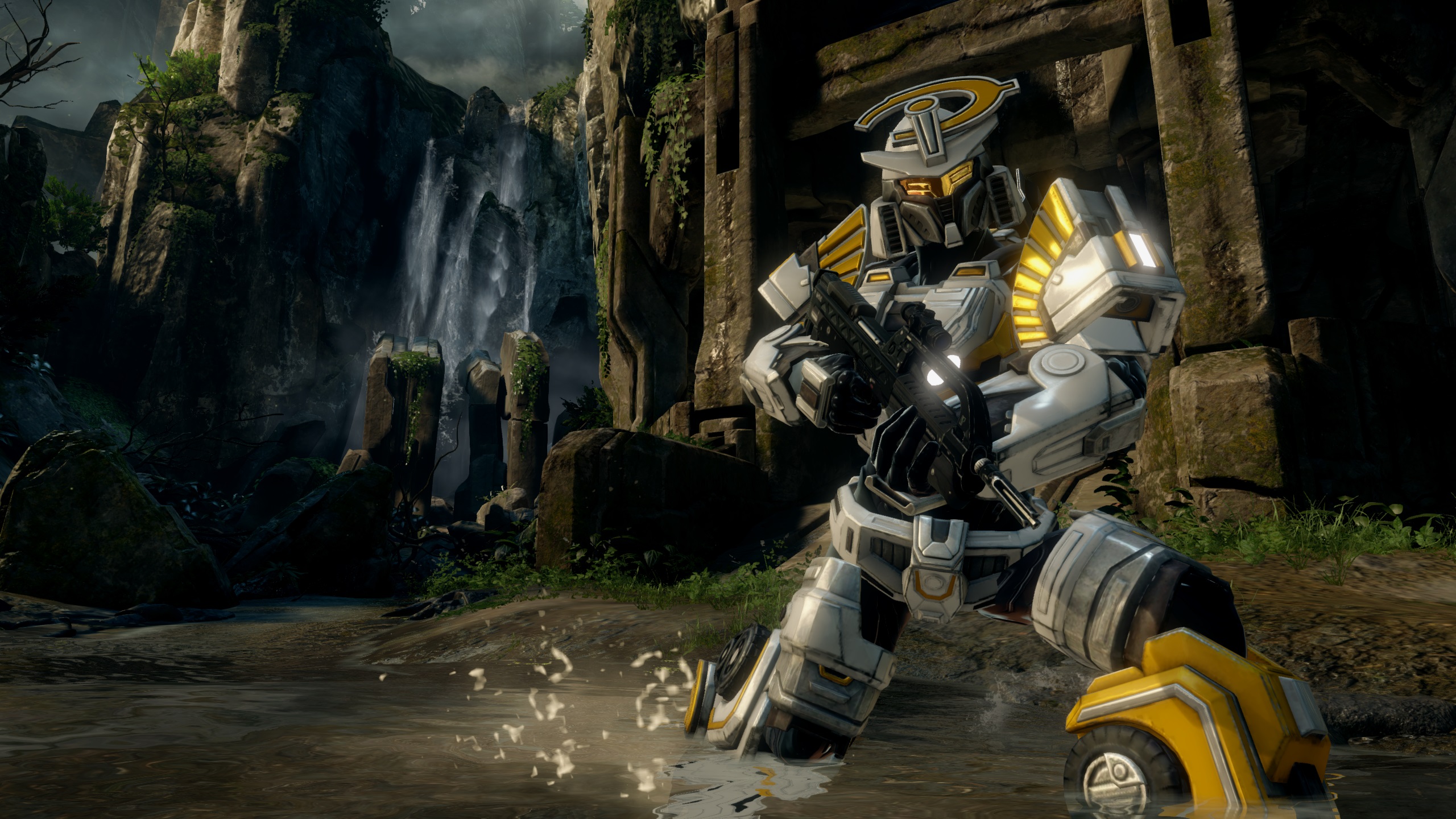
When we designed the progression system for MCC, the intent was always that Challenges would be the primary means of earning points. The stars didn’t align, and we weren’t able to ship the Challenge system alongside the original PC launch where we introduced the progression system (we held it back so we could meet our goals of supporting real-time Challenge progress, PvE Challenges, and general flexibility).
As a stopgap, we loaded 100 points (the total number needed to complete the Noble season track) into the first 100 progression levels. What we’ve seen since is a lot of understandable confusion about why the gravy train stops after Tour 4, Level 10. After all, what good is continued XP earning if it doesn’t feed back into Spartan Points?
We’ve evaluated this feedback for a while, but there was a key constraint which quickly shut things down each time we considered acting on it. Out of the box, progression level rewards are not retroactive. In other words, if we added a Spartan Point reward to every level, you would not retroactively receive points for any of the levels you’d already reached. This would punish our most engaged players as they would miss out on a lot of SP opportunities from levels they’d already reached.
We are working on a solution to this constraint and are happy to announce that, in a future content update, players will earn a Spartan Point from every level (from Tour 1 through Tour 11 for 329 points total) and players will retroactively receive points from levels they’ve already reached.
For example, I am currently Tour 7, Level 21, so I will instantly receive 101 Spartan points for the 101 levels beyond Tour 4, Level 10 that I’ve reached the first time I sign into MCC after this update.
The addition of SP rewards for all level-ups has the added benefit of making XP-only Challenges more worthwhile to complete. Speaking of Challenges, we’re looking to make continued adjustments to ensure they feel even more rewarding and further align with achievable, positive play behaviors. This means we will be looking in depth at challenge feedback, completion rates, and how they fit with current play patterns to consider additions, removals, and updates to challenge requirements. And we will also be looking to bring back Double XP Weekends.
Having this open dialog with our community is important to us as we navigate this path together. Your feedback has already directly helped drive upcoming changes to our current earnable Spartan Points model. We look forward to your thoughts on these changes and your continued feedback on MCC.
WHACHA GOT COOKIN’?
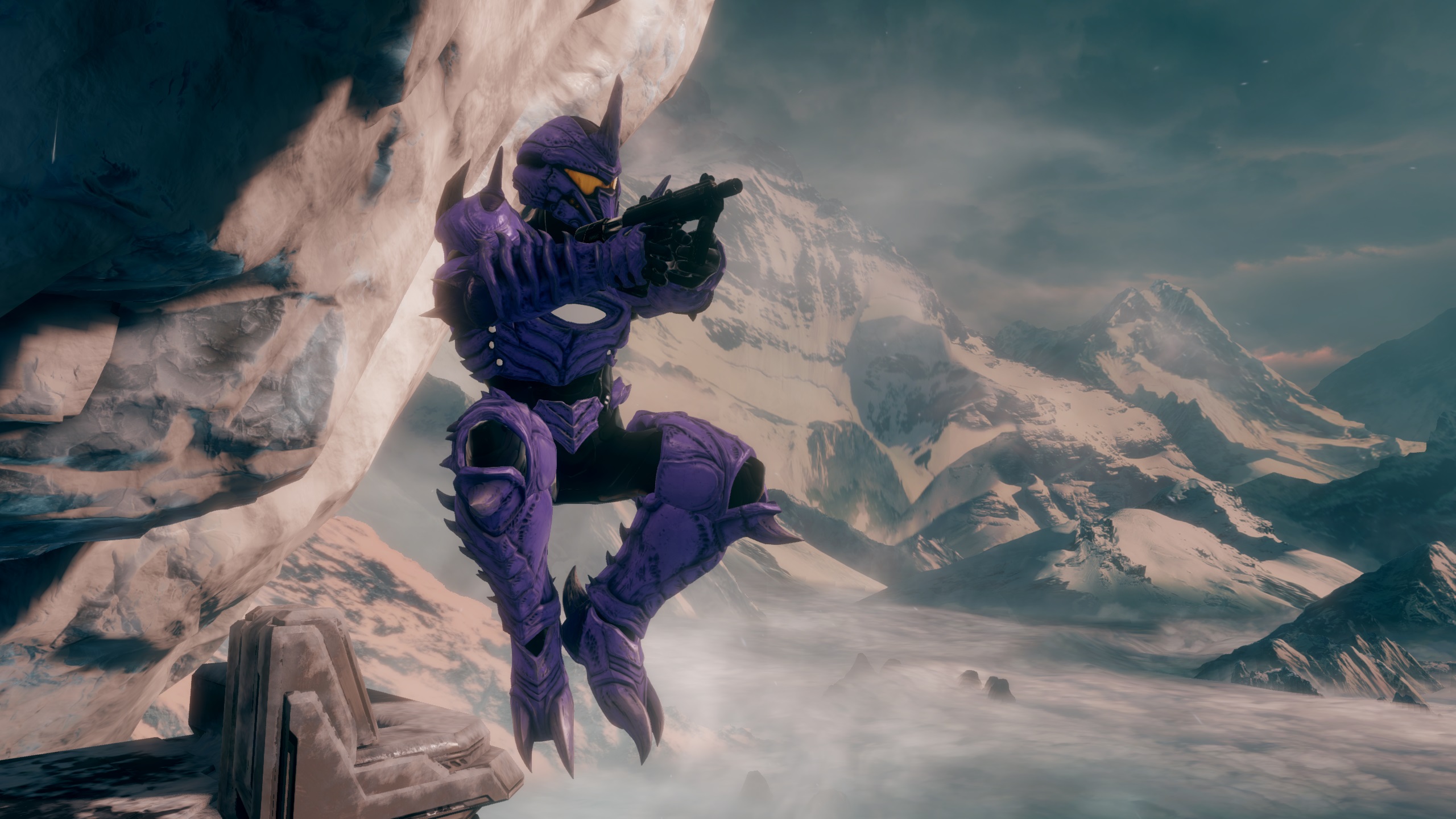
Let’s throw it over to a couple of members of the team to talk a bit more about some of the additional things they’ve been working on which are coming in this upcoming August update!
SKULLTACULAR!
Sean Cooper, Senior Software Engineer:
During the development of this CU, there was a moment in time where I was able to get QA to spend some cycles testing a side project of mine: adding new skulls to Reach!
The two most important skulls I wanted to focus on in terms of simplicity and fun value were Bandana and Acrophobia. These will show up in the campaign lobby only at this time, as adding support for new skulls to Firefight would require new binary versioning handling in the game variant which was beyond the scope of this side project.
I recommend checking them out, as astute players may find one of these new skulls helps them engage certain prey.
FORGE AHEAD
Dana Jerpbak, Software Engineer:
With our April CU, we made a few key additions to our Forge tools (the inclusion of team-based kill volumes and a handful of bug fixes). Our Forge friends seemed to appreciate these additions, but also seemed to want some more!
Well, as Noble Six once said, “I aim to please.”
Here are the Forge additions and improvements coming in our August CU.
- Object Duplication (Reach): This feature was introduced in the original Halo 4 release and lets Forgers duplicate an object, retaining all of its properties—color, team assignment, boundary shape and size, etc.—at the press of a button. It’s a super handy feature, so we’ve added support for it to Reach where it now works exactly as it does in H4 and H2A.
- Reset Orientation (Reach): This feature was always available in Reach from the Forge menu, but got its own handy hotkey in Halo 4. We’ve added this to Reach as well where it maps to right on the D-Pad on controller and has a customizable keybind on mouse & keyboard.
- Delete By Palette / Delete Everything (Reach): This is another convenience feature which was introduced in Halo 4 and is now available in Reach. From the Forge menu, you can now delete all objects within a given palette, or all objects, at the push of a button.
- Location Name Markers (Reach): This is a feature which was originally introduced in Halo 5’s Forge, which we’ve added a version of in Reach. Historically, Forge map variants have been subject to the named locations on the base map (on Forge World that’s Quarry, Coastline, Island, etc.) Now, you can set up your own with 256 names (curated from across Reach’s suite of MP and Firefight maps) to choose from. These are currently available on Forge World and Tempest (our “primary” Forge canvas maps).
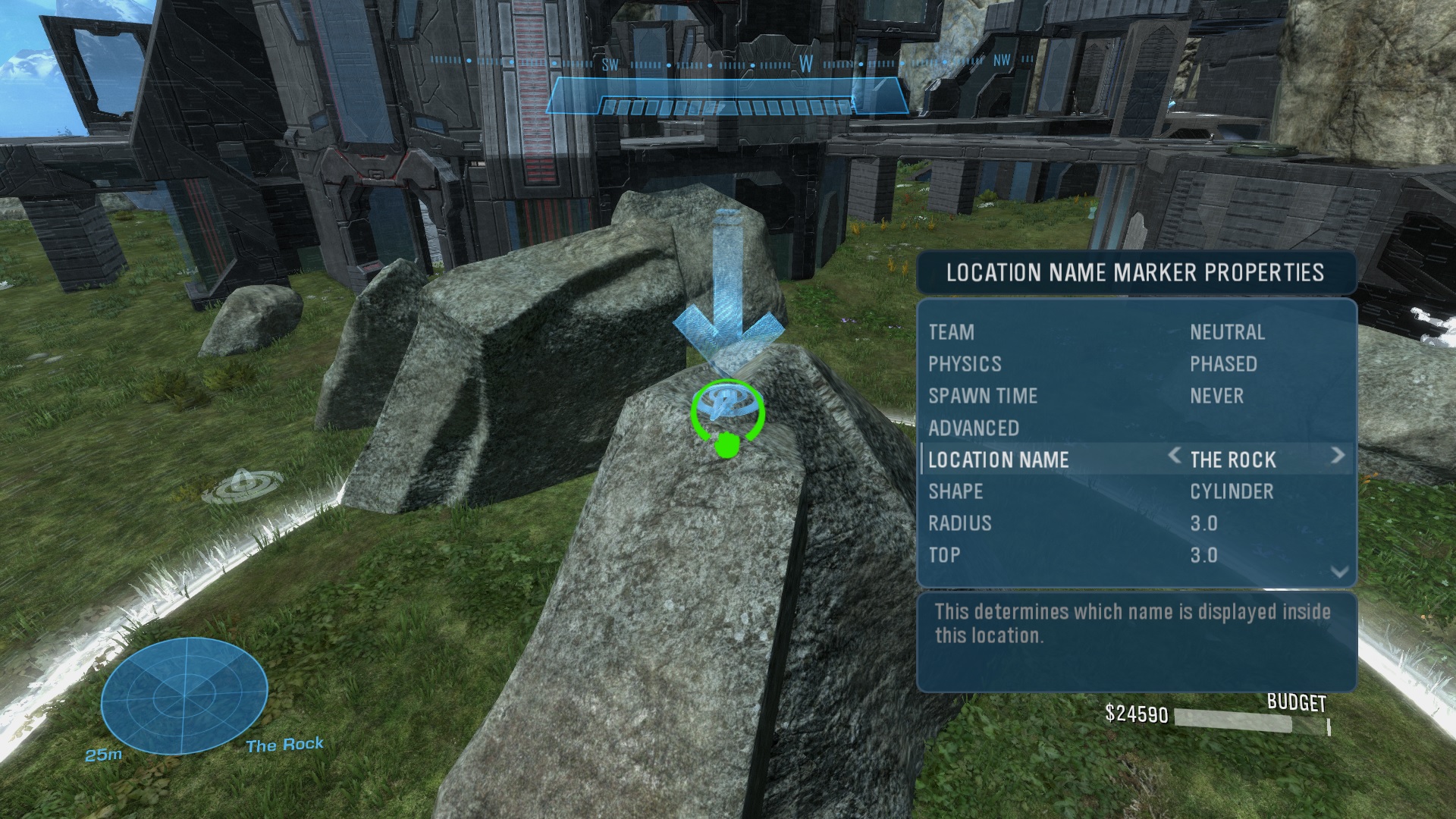
- “Hold to Bake Lighting” (H4, H2A): Historically, swapping from Monitor mode to Player mode would automatically bake lighting on all dynamically lit objects on the map. This process is pretty fast on modern hardware, but it can still become an annoyance when repeatedly switching. In H4 and H2A, you can now choose to hold the button to bake lighting, or tap the button to switch modes instantly without baking. This will also be familiar to fans of Halo 5’s Forge tools.
- Bug fixes and other additions: Aside from the items above, there were a number of bug fixes and smaller additions to Forge and Forge-adjacent features. To name a few, Elites can now pilot Sabers in Reach and the orientation of space fighters now appear correct for hosts and non-hosts alike in Reach and H4. A few missing vehicles have been added to Tempest’s Forge palettes. A timing issue with toggling rotation axes at high framerates in H4 and H2A has been resolved. Check out the patch notes when they drop for a full list of fixes!
We hope that all of these Forge improvements, alongside the release of Reach mod tools, will empower our creator community to keep making awesome things.
NO TIME TO DIE
Another long-standing issue we’ve fixed in this CU is the inconsistent time-to-kill of the Reach Magnum across matchmaking game variants.
This actually dates back to a quirk from Reach’s “TU1” Title Update back in 2011. This TU added the ability for designers to tune the Magnum’s damage multiplier (to enable things like the three-shot-kill Magnum in the Halo: CE Anniversary “CEX” variants). Modders can now play with this tuning in MegaloEdit!
The TU1 Magnum damage multiplier is a quantized floating point value. In this case, it is quantized such that there are 256 possible values between 0 and 10. This results in a step of 0.039370064. This means that any TU1 variant (that is, any variant created for or after CEX in 2011) can have a damage multiplier of 0.964566946 or 1.00393701, but never 1.0. Pre-TU1 variants default to a value of 1.0.
When spillover "bleedthrough" is enabled, any value in excess of 1.0 results in the fourth shot punching through shields, spilling over, and causing a headshot kill. If spillover is disabled, any value below 1.0 requires a fifth shot to break shields and a sixth to kill.
Legacy TU1 variants had a damage multiplier of 0.964566946 and MCC variants ended up with a multiplier of 1.00393701. For MCC, the team slayer variants used in matchmaking generally used legacy variants as the base whereas the FFA variants were generally re-exported. New variants like Escalation Slayer were also exported on MCC and ended up with MCC's damage multiplier of 1.00393701. This was originally presumed to be due to floating point precision differences between x86 (Xenon / legacy) and x64 (Durango / MCC), but that was debunked by recreating the quantization on a standalone x86 application.
The fix retains the incorrect 0.964566946 multiplier from legacy for variants with spillover enabled. The correct behavior would be to set a multiplier of 1.0, but that would remove the legacy TU1 behavior of the fourth shot leaving a sliver of shields and would change the teamshooting meta so it corrects to the unintended legacy value. For variants without spillover, it corrects the multiplier to 1.0 to avoid the 6-shot-kill issue described above.

HALO 3 UNIFIED MEDALS
Dana Jerpbak, Software Engineer:
Back in our April update, we released a feature which added 51 multiplayer medals to Halo 3. This was something we’d been wanting to do ever since we designed our medal-driven progression system back in 2019.
Here’s a quick recap on the feature: We identified 51 medals from later Halo games (from Reach to Halo 2: Anniversary) which we wanted to include in Halo 3. Under the hood, these work exactly like the existing medals that Halo 3 shipped with. Players can customize how/if they are displayed in game by choosing from the following medal display options, but they are always tracked and visible in the post-game carnage report (and award XP in matchmaking as a result).
- Unified: Medals are displayed in MCC’s unified medal flasher, using the unified art style. All medals, old and new, are displayed. This was intended for anyone who wanted more feedback for their actions in the game.
- Original: Medals are displayed in Halo 3’s HUD, using their original art style. Only the medals which existed in the original Halo 3 release are displayed. This was intended for purists who wanted the original experience. There was one area where this did not meet the goal of matching the legacy experience which we’ll touch on below. Spoiler: it’s fixed with our upcoming MCC update!
- Original+: Medals are displayed in Halo 3’s HUD, using their original art style. Only the medals which existed in the original Halo 3 release, as well as a small selection of new ones, are displayed. The new medals included are Headshot, Assist, and Supercombine and they all use their original Halo 3 art from the campaign metagame feature set. This was intended for purists who wanted the original experience, but with a small handful of targeted additions.
- Off: No medals are displayed. This was an added bonus for anyone who wanted to minimize visual noise on their HUD.
Medals are a great way of tracking and rewarding a wide range of player actions across all of the Halo games in MCC. The problem was, Halo 3 supported significantly fewer medals than any of the other games (Halo: CE and Halo 2 had already received unified medal additions when MCC launched in 2014).
To mitigate this, we substantially increased the per-medal payout in Halo 3 when we introduced the progression system. This helped to even the playing field but was far from perfect, as it wasn’t uncommon to finish a Halo 3 match earning only one or two medals.
Back in 2019, we defined a list of medals we wanted to add to Halo 3. These included a variety of medals ranging from very common (easy) to very rare (difficult) and rewarding different kinds of playstyles. These medals would not only feed into the XP system, but also provide additional real-time feedback to players.
In the years since Halo 3 released (can you believe it’s going on 15 years?), there has been a trend towards games providing more and more feedback for things like kills, assists, and objective play (you can even observe this trend across the Halo titles within MCC). As a result of the changing times, new players may find the relative lack of feedback for these actions in Halo 3 confusing or unrewarding. Adding many of these medals required a lot of attention to detail, from defining specific precedence for overlapping medals, to subtle nuances in their criteria.
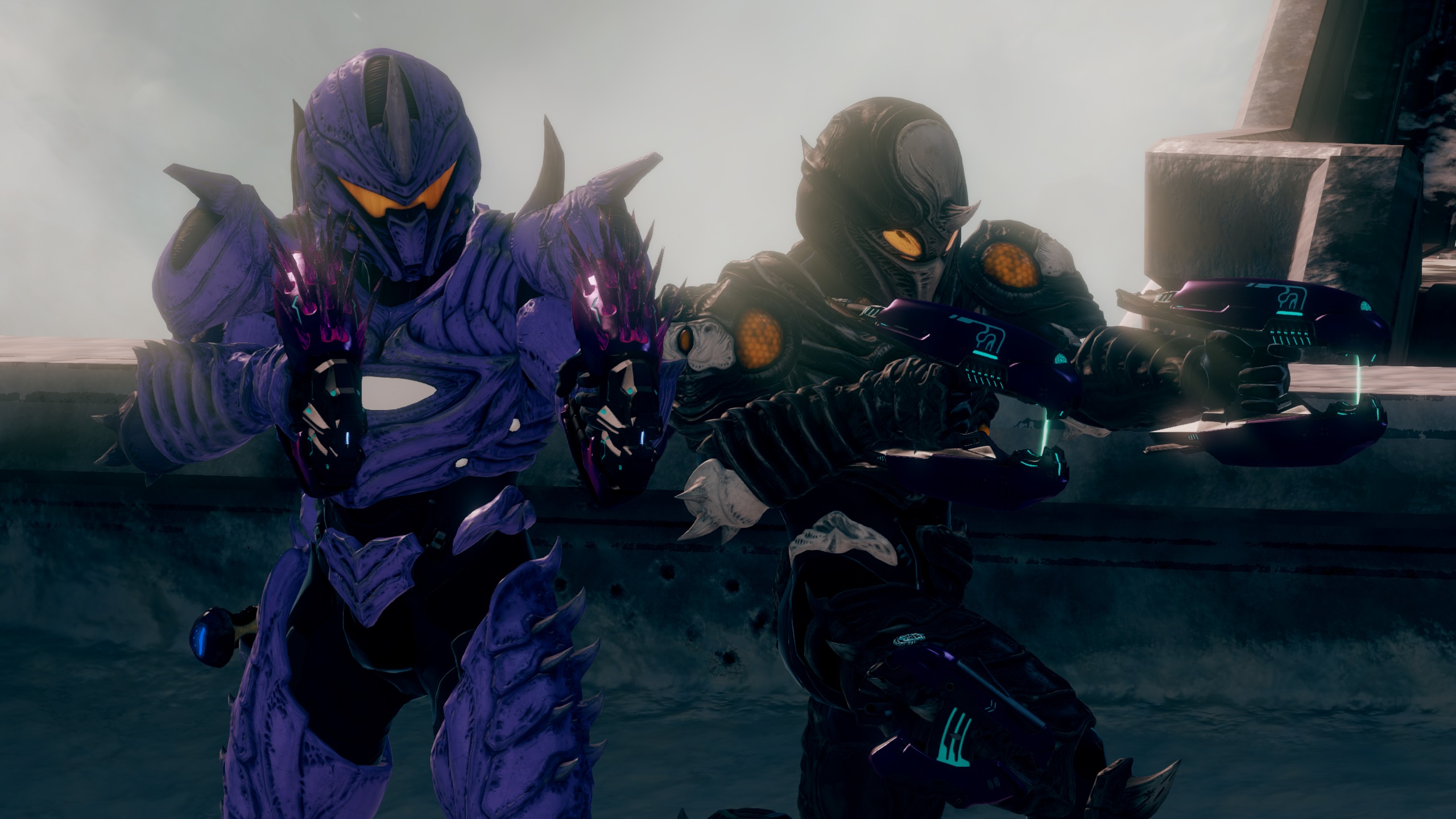
Whenever we add a feature to a legacy Halo engine in MCC, we strive to make it a natural extension of the engine’s systems. Adding these medals the right way required some detailed work across a fairly broad surface area. Because of this, our initial plans to add them got pushed out of 2019. We were excited to finally have time to implement these towards the end of 2021. It was a fun bit of archaeology to dig up some of the nuances of these medals from the games they were introduced in (which ranged from Reach to Halo 2: Anniversary) and to reconcile these details with how Halo 3’s medal systems work.
Over the course of implementing and playtesting these medals, we made a few emergent changes as well such as adding to our original list of medals to add and including the aforementioned “Original+” setting. At one point during a playtest, someone got a cheeky kill with a Fusion Coil which prompted us to include the Environmentalist medal which hadn’t otherwise been on our list.
Above, we mentioned that there was one case where the Original medal display setting didn’t live up to its name. To explain this, we need to explain the concept of precedence in more detail.
Some medals with overlapping criteria supersede one another. For example, defeating an opponent with a headshot will award the Headshot medal and not the generic Kill medal. Similarly, a Beatdown supersedes a Pummel, a Wheelman supersedes an Assist, and a Gravity Hammer Kill or Energy Sword Kill supersedes a Pummel.
In the original Halo 3 release, if you defeated an opponent with an Energy Sword, you would simply receive a Pummel (technically a Beatdown but these were renamed with the introduction of fancy assassinations in Halo: Reach) medal. In MCC, the Energy Sword Kill medal now takes precedence, but it’s only displayed in the Unified medal flasher.
As a result, players using the Original setting actually got less feedback than they did previously. This was not our intention, and we heard your feedback loud and clear. In the upcoming MCC update, you’ll see the legacy Pummel medal in the HUD when earning melee weapon kills exactly as you did before. Under the hood, these are still mapped to the Energy Sword Kill and Gravity Hammer Kill medals for the sake of the PGCR and XP rewards.
MENU À LA CARTE
With this CU, we’ve made a number of quality-of-life additions and improvements to our season—now “series”—UI. Grinding for and equipping cool cosmetics across MCC is something we want players to be able to do without too much hassle.
Let’s take a closer look at some of the improvements we’ve made...
- New Options & Career screen: The Options & Career screen is the hub from which players access unlocks, customization, settings, and more. This screen hadn’t seen too many changes (excepting the addition of new sub-menus) since MCC’s original release in 2014, and it was due for an upgrade. We’ve rebuilt this screen from scratch with a new vertical layout, a preview panel providing contextual information about its sub-menus, and access to the roster. The Exchange is also now accessed from this screen, meaning that it’s available without backing all the way out to the main menu (which required leaving your squad if you were in one).
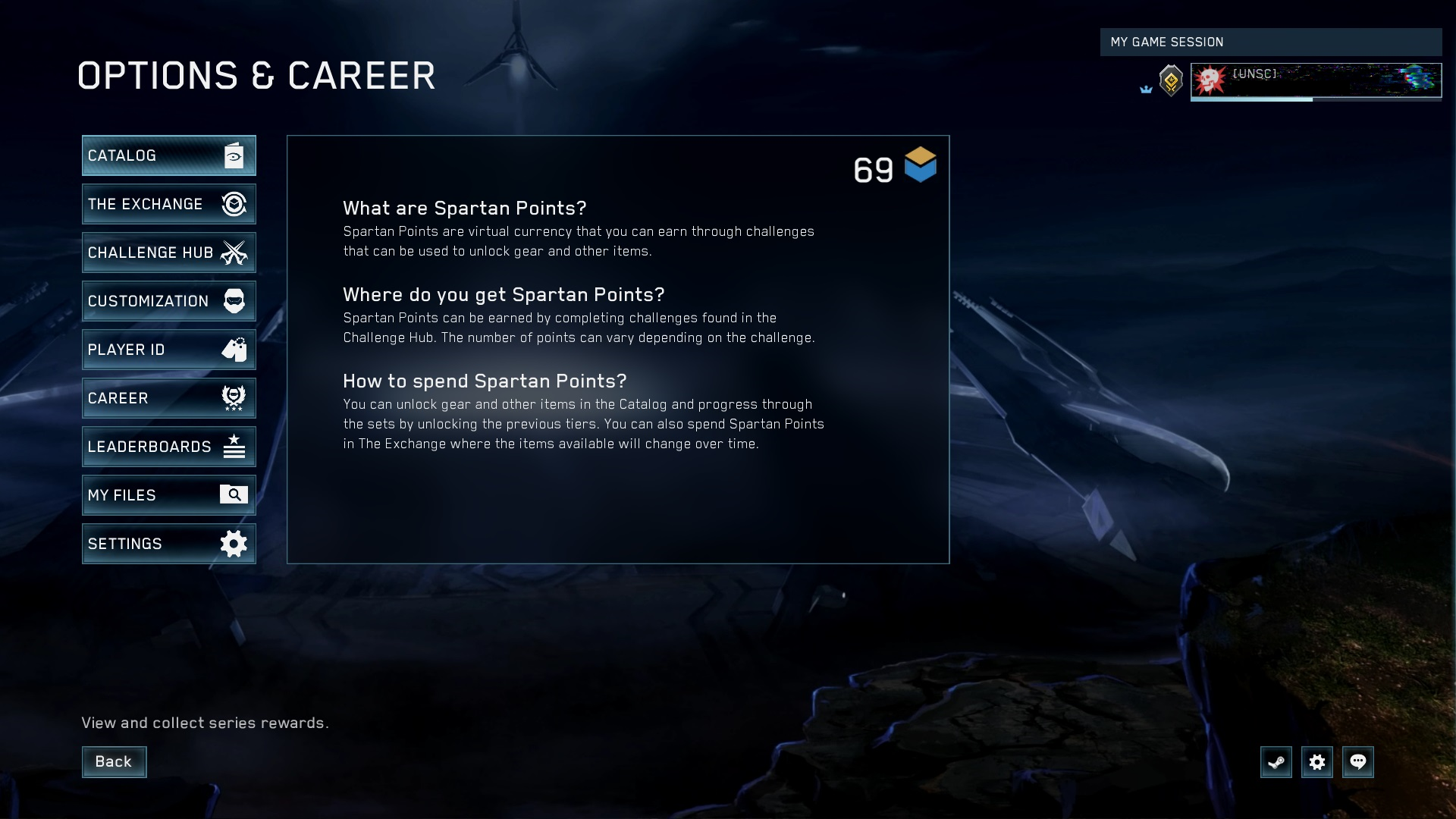
- Bulk unlocks: Unlocking items individually can be tedious, especially if you’ve got a lot of Spartan Points to spend. We’ve added two ways to expedite this process. You can now select a tier on any future page of a Series and unlock it and all preceding items in bulk. In MCC, you only need to unlock all tiers on the preceding page to get access to a given item, so the bulk unlock behavior will unlock only the bare minimum number of items to reach the target item. Alternatively, there is an Unlock All button to unlock the entire Series. In addition to this, we’ve made some backend optimizations which make unlocks (whether for a single item or in bulk) about 30% faster than before.
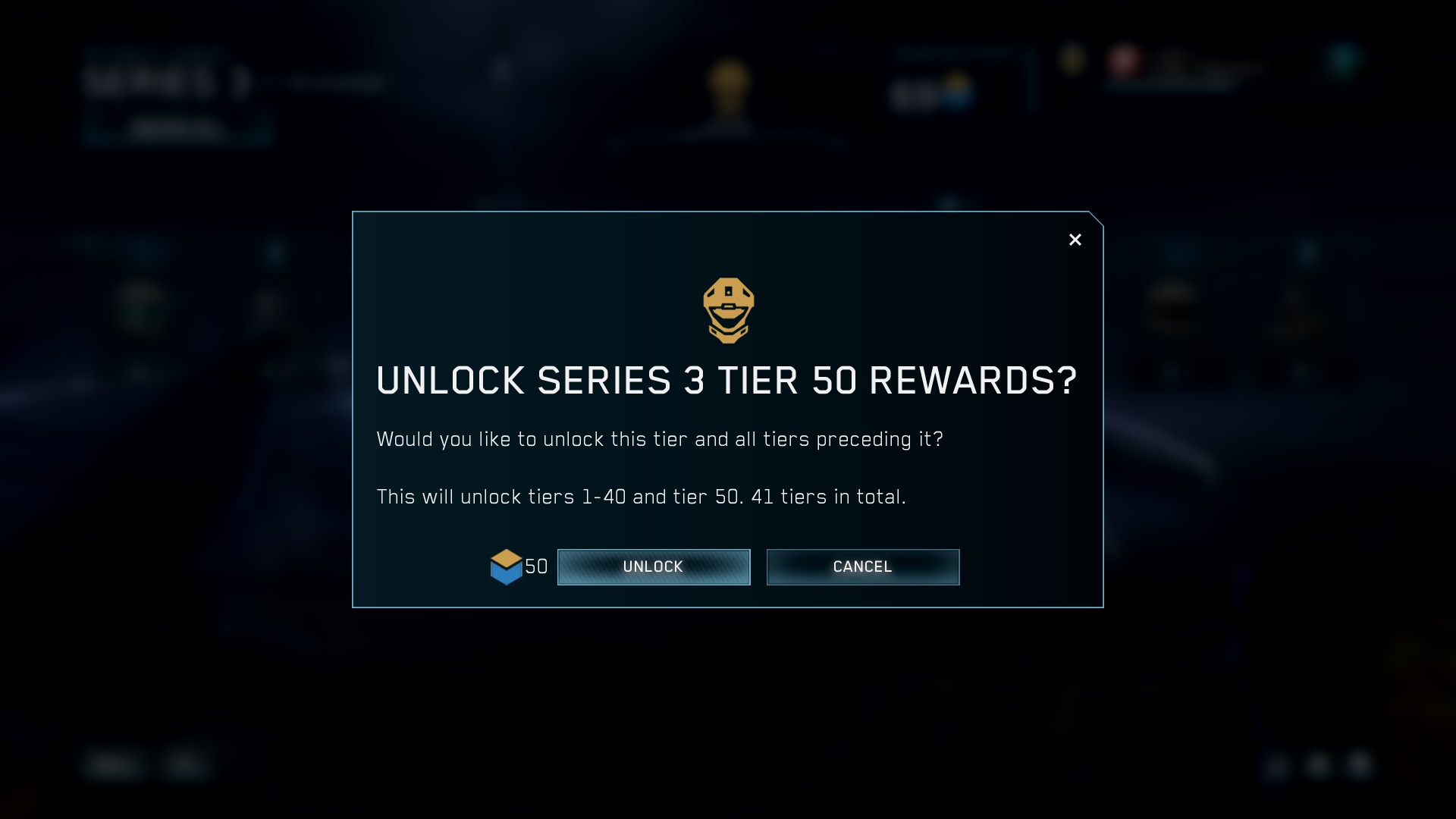
- Series pinning: Now that there isn’t a “current” Series with new unlocks being added to the Exchange instead, we needed to make a few UI changes. First, the preview widget in the Main Menu will now display information about the Exchange by default as opposed to progress towards the current Series. Players can now choose to “pin” a Series of their choice to automatically land on it when opening the Catalog and to see its progress featured in this preview widget.
- Customization menu improvements: There are a lot of unlockable items in MCC (roughly 2,000, in fact). Historically, if you found a locked item in the Customization menu that you were interested in, you’d have to scour the Season Overview (now “Catalog”), Exchange, and Challenge Hub to try to find where to unlock it. With this CU, we’ve categorized items by their unlock source to save you the trouble.
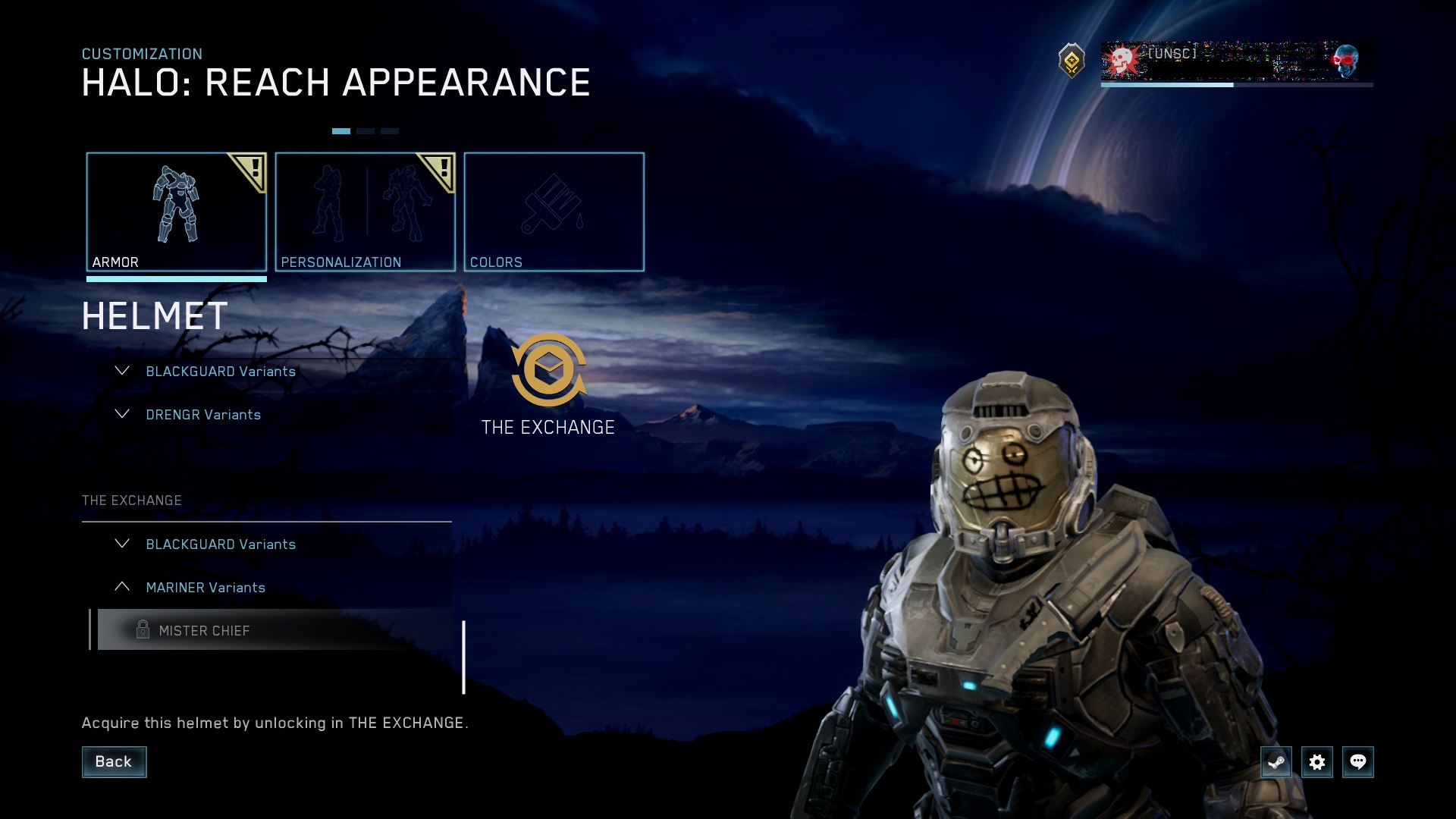
If you read the summary on the server incident we experienced back in April, you may recall that our ability to propagate our server-side fix out to users was hampered by a requirement for the MCC game client to be restarted in order to download new configuration data. This is true of all of the data in our Content Management System (such as matchmaking hopper config, message of the day, server pairing info, and more), or rather it was.
With the August CU, that limitation is a thing of the past. Whenever a new CMS change is pushed, players will receive it automatically without needing to relaunch. If matchmaking hoppers change (as they typically do each Wednesday at 10 AM Pacific), you’ll simply receive a notification that new data is available and be briefly popped out of matchmaking to retrieve it upon completion of your next match. This works seamlessly across squads and will solve those pesky cases where someone joins with incompatible data or where you can’t find a match because you’re on outdated data.
And so, that brings us to the end of this update on what’s coming in the August update for MCC.
We are targeting release on August 31 (next Wednesday) for this content update, which means you’ll be able to get hands-on with it very soon. We can’t wait to see what you make of all the new additions, tweaks, and improvements, so keep that feedback coming!
See you out there on the virtual battlefield!
